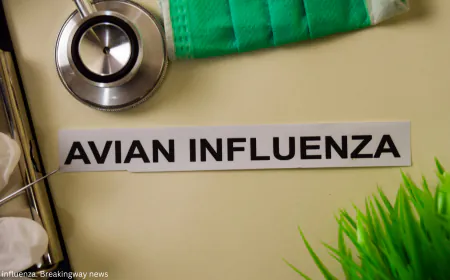Prostate Cancer: Understanding the Risks, Symptoms, and Latest Treatments
The risks, symptoms, and latest treatments for prostate cancer. Stay informed with Breaking Way Health.

Introduction
Prostate cancer is one of the most common cancers among men, affecting the prostate gland, which plays a crucial role in producing seminal fluid. Statistics show that about 1 in 8 men will be diagnosed with prostate cancer during their lifetime, making it the second leading cause of cancer-related deaths among men in the United States.
Causes and Risk Factors:
While the exact cause of prostate cancer remains unclear, several risk factors increase the likelihood of developing the disease:
1. Age: The risk of prostate cancer rises significantly after the age of 50.
2. Family History: Men with a family history of prostate or breast cancer are at a higher risk.
3. Genetic Mutations: Genetic changes, such as BRCA1 and BRCA2 mutations, are linked to an increased risk.
4. Diet and Lifestyle: Diets high in fats and low in fruits and vegetables have been associated with a higher risk.
5. Ethnicity: African American men have a higher incidence of prostate cancer compared to men of other ethnic backgrounds.
Symptoms:
In its early stages, prostate cancer may not present any noticeable symptoms. As the disease progresses, symptoms may include:
- Difficulty urinating or weak urine flow.
- Blood in the urine or semen.
- Pain in the pelvic area, back, or hips.
- Erectile dysfunction or pain during ejaculation.
Diagnosis:
Diagnosing prostate cancer typically involves several tests:
• Physical Exam and Digital Rectal Exam (DRE): To detect any enlargement or abnormalities in the prostate.
• Prostate-Specific Antigen (PSA) Test: Measures the level of a protein linked to prostate cancer in the blood.
• MRI and Biopsy: Tissue samples from the prostate are examined under a microscope for cancer cells.
Latest Treatments:
Various treatment options are available, depending on the cancer stage and the patient's health:
1. Active Surveillance: Used for slow-growing cancers to avoid unnecessary treatments.
2. Surgery (Prostatectomy): Often used in early stages to remove the prostate.
3. Radiation Therapy: Uses high-energy rays to destroy cancer cells.
4. Hormone Therapy: Aims to reduce hormone levels that help cancer grow.
5. Targeted Therapy such as ^{177}Lu-PSMA-617: This treatment targets the PSMA protein found on cancer cells, allowing precise radiation delivery to destroy cancer cells while sparing healthy tissues. Learn more about [targeted therapies].
6. Immunotherapy: Enhances the body’s immune system to attack cancer cells.
7. Gene Therapy: Focuses on repairing or replacing faulty genes responsible for cancer development.
Prevention:
While there is no certain way to prevent prostate cancer, you can reduce your risk by:
- Following a healthy, balanced diet.
- Engaging in regular physical activity.
- Getting regular screenings, especially for men over 50 or with a family history of the disease.
Conclusion:
Prostate cancer remains a significant public health challenge, but continuous advancements in diagnosis and treatment provide hope for better patient outcomes. Early detection and appropriate medical intervention are key to improving survival rates and minimizing complications.
Scientific Sources:
1. (World Health Organization (WHO) information on prostate cancer
2. (American Cancer Society (ACS)
3. (National Cancer Institute (NCI) latest treatment for prostate cancer )
Related Links:
- The importance of regular breast cancer screening for women
What's Your Reaction?



















































